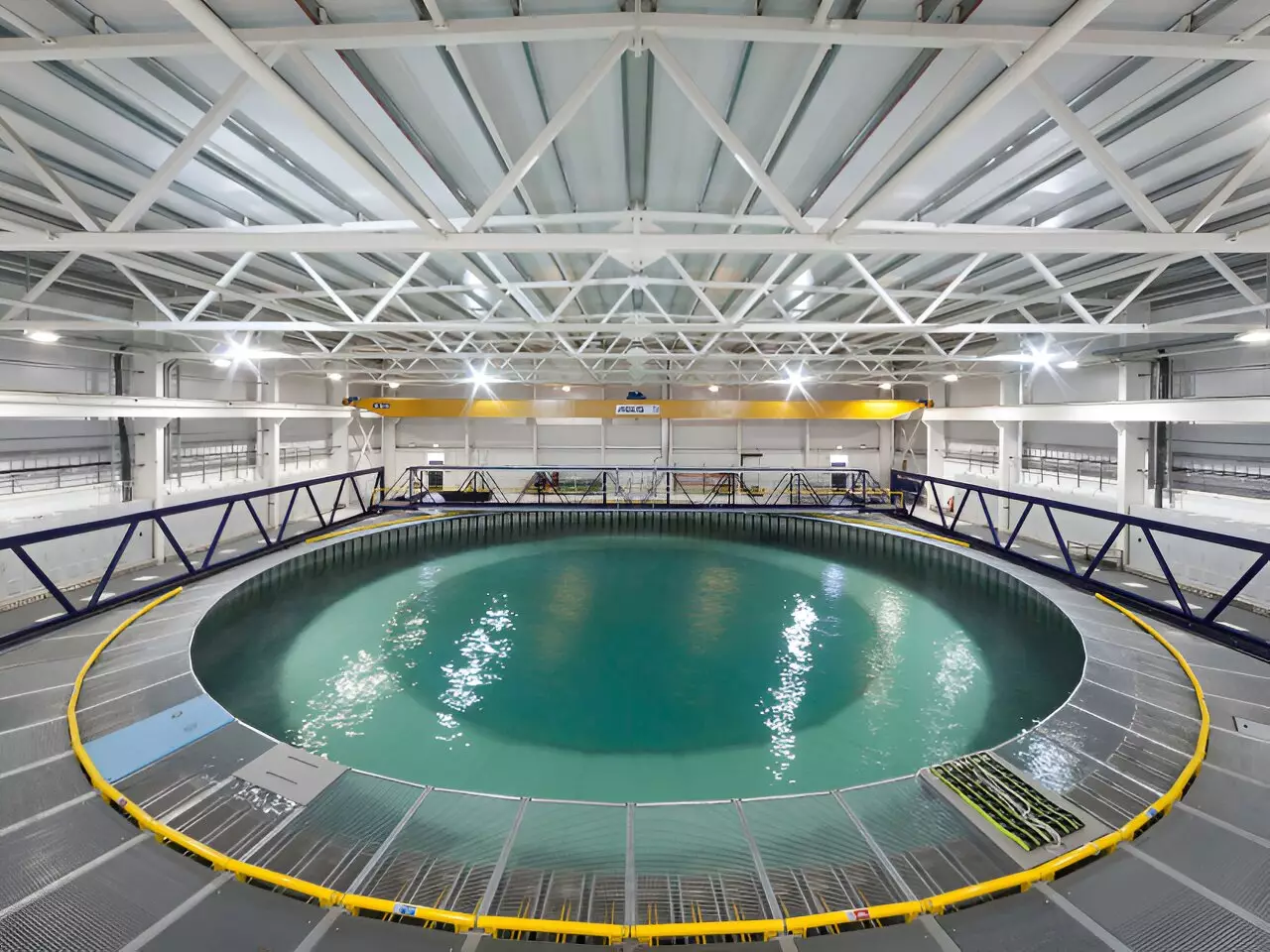Recent research has unveiled a groundbreaking understanding of ocean waves that challenges long-standing assumptions within the field of oceanography. A team of scientists, including notable figures such as Dr. Samuel Draycott from The University of Manchester and Dr. Mark McAllister from the University of Oxford, have published their findings in *Nature*. Their study indicates that under certain conditions, waves can be far more complex and powerful than previously thought. This revelation has significant implications for various disciplines, including engineering, meteorology, and our overall comprehension of oceanic phenomena.
Reevaluating Wave Dynamics
For decades, the scientific community has predominantly viewed ocean waves as two-dimensional phenomena. This oversimplified model has shaped our understanding of wave interaction and breaking. However, waves in the ocean do not simply propagate in one direction; they often come from multiple angles and can interact in unexpected ways. The new research highlights the concept of three-dimensional waves where the interaction between waves from different directions can lead to wave steepness that far exceeds earlier expectations.
Dr. Draycott states, “In directional conditions, waves can exceed the commonly assumed upper limit before they break.” This assertion stresses a revolutionary departure from conventional theories that have governed wave dynamics. The researchers demonstrated that these multidimensional waves can potentially become twice as steep as traditional waves before undergoing the breaking process. What is particularly astonishing is that even after wave breaking occurs, under these conditions, the waves can continue to rise. This kinetic complexity reinforces the need for a fundamental reassessment of our approach to studying ocean waves.
The phenomenon of wave breaking is crucial for understanding many ocean processes, including air-sea gas exchange and the movement of marine particles such as microplastics and phytoplankton. Professor Ton van den Bremer from TU Delft remarked on the previously unrecognized behavior of three-dimensional waves, explaining that after breaking, they can generate what’s known as a white cap, yet still maintain the capacity to grow further. In essence, these realizations paint a picture of ocean dynamics that is both sophisticated and intricate.
The researchers identify one primary condition that gives rise to these high-directional, extreme waves: the crossing of wave systems. This scenario typically arises in turbulent maritime environments, such as hurricanes, where wind direction shifts abruptly and waves become more aggressively complex. The greater the number of directions from which these waves approach, the more severe the resultant wave heights can become, creating a natural environment where extremes are not just possible, they are probable.
One of the most significant implications of this study is its potential impact on marine construction and safety standards. Current engineering methods for designing structures such as offshore wind turbines rely heavily on outdated models that consider only two-dimensional waves. Dr. McAllister points out that overlooking the intricacies of three-dimensional waves could lead to a severe underestimation of extreme wave heights, which may compromise the integrity and safety of these structures.
As a direct consequence, engineers may need to revisit and revise the design parameters and safety margins used in maritime architecture. Acknowledging three-dimensional phenomena can facilitate the development of more resilient structures that withstand the test of extreme environmental conditions, thereby enhancing safety and efficacy in maritime operations.
Broader Oceanographic Impacts
The findings from this research could reshape our understanding of several fundamental ocean processes. As Dr. Draycott explained, wave breaking is integral to air-sea exchange dynamics, impacting CO2 absorption rates which have critical implications for climate change studies. Additionally, understanding the mechanics behind wave breaking could improve particle transport models in oceans, potentially leading to better understanding of nutrient cycling and marine ecosystems.
The study also raises further questions that may encourage subsequent research. How will these three-dimensional activities influence marine life? What roles do they play in sediment transport and coastal erosion? Addressing these questions could prop a new wave of oceanographic studies, leading to deeper insights into the interdependencies of ocean phenomena.
The new insights into three-dimensional waves significantly broaden our understanding of ocean dynamics. As researchers continue to explore these multifaceted phenomena, the implications of this study will likely radiate across various fields, from engineering to environmental science. It serves as a reminder of the complexities inherent in natural systems, urging us to move beyond simplistic models and engage with the rich intricacies of the world’s oceans. As science evolves, so too must our approaches to understanding the planet’s most dynamic environments.


Leave a Reply